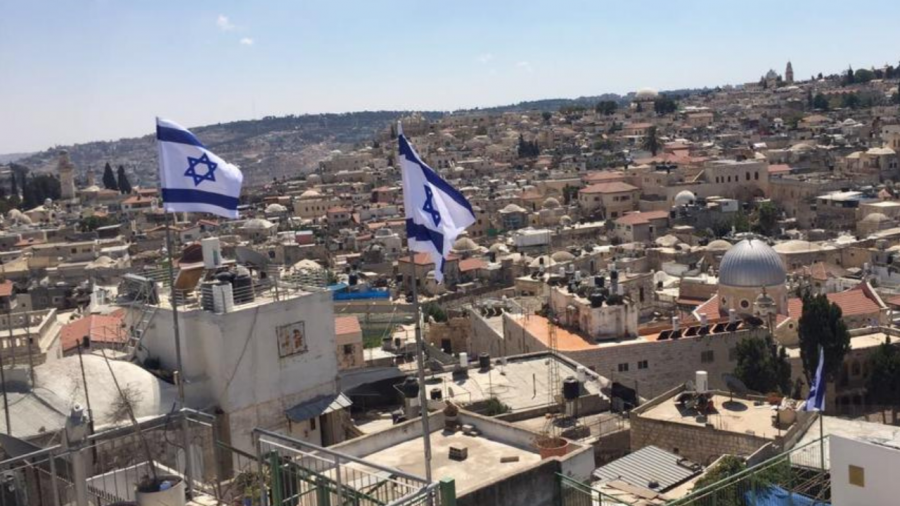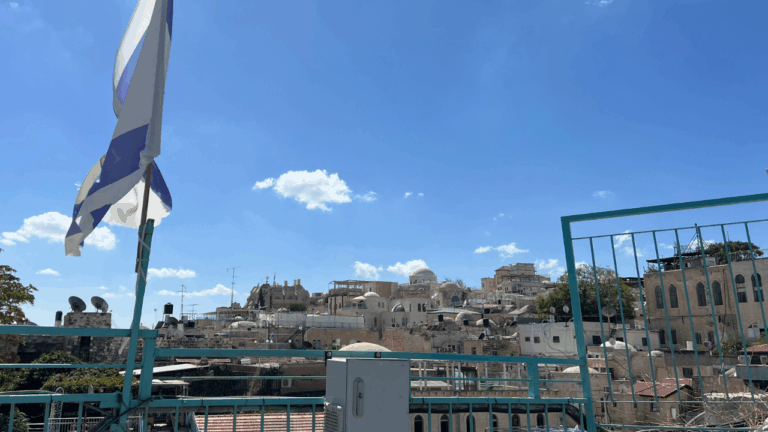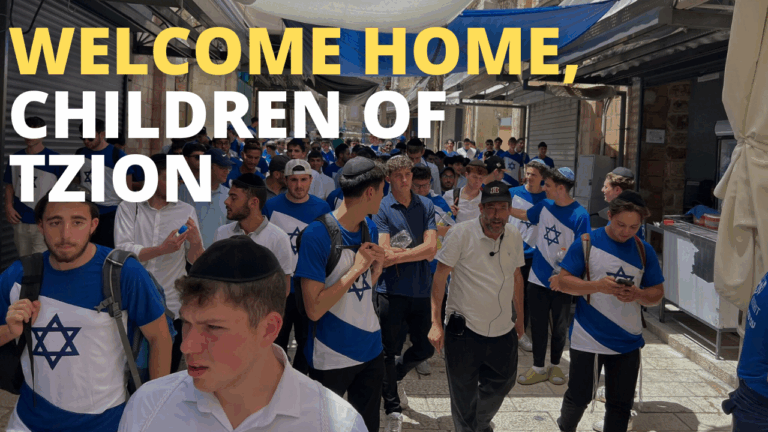The True Source of Kedushah
Since the turn of the century, social have been perplexed by the younger generations that are currently reaching adulthood. There are many disparaging accusations flung at Millennials and the generations that follow them, but many are surprisingly not true. Studies have found Millennials are actually not lazy, but quite industrious (perhaps too much so, with some data pointing at workaholic tendencies). The younger generation is extremely passionate about societal causes and very involved in movements advocating for social justice.
But there is one allegation that has proven too true. Millennials and their younger counterparts lack empathy. More than any generation preceding them, younger Americans do not empathize nearly as much with the pain of others. This seems to be quite a paradox. On the one hand, they passionately pursue social justice and defend those who are vulnerable and persecuted. And on the other hand, they care less about fellow human beings in pain. The data pattern is confusing, and people offer different theories.
For anyone who has had an ounce of sanity over the past six months, the answer to this “paradox” is quite obvious. The nature of the nation of Edom, and the elements of western civilization that follow in its path. Eisav, Edom’s progenitor,was particularly obsessed with projecting virtue to all those who saw him. We normally portray Yaakov’s twin brother as a barbaric, grisly looking bandit. But as the Kotzker Rebbe used to quip to his followers: Eisav’s beautiful peyot (sidelocks) also dripped with water as he arose from the mikva (ritual bath of purity). On the outside, Eisav looked exactly like his saintly brother Yaakov. But he was corrupt and rotten to the core.
Jews are not surprised by the modern data trends. We understand exactly why it is that so many young people feel so passionately about social causes, and yet feel less empathy for those who are actually experiencing pain. Young Americans are desperate to project virtue to anyone they can. Their self-righteous indignation at the persecution of others is a selfish desire to feel good about themselves. Whether they actually care about a human being suffering is quite irrelevant for those who follow the primordial approach of Eisav. They will protest whatever social cause brings them social favor and adulation. Never mind the two million Uyghurs Muslims currently being ethnically cleansed in Chinese concentration camps. Protesting on their behalf doesn’t carry any social cred, no matter how real the pain and devastation is. Protesting the Zionist entity on the other hand…
Yisrael defeated the ministering angel of Eisav once, and he will do so again. The avodah (sacrificial rite) of the Kohen Gadol on Yom Kippur perfectly captures why Klal Yisrael will never fall into the filthy ways of Edom. As we know, Yom Kippur is the one day of the year in which the Kohen Gadol is permitted to enter into the Kodesh HaKadoshim, the Holy of Holies. Rav Moshe Soloveitchik used to emphasize to his son, Rav Yosef Dov, that we tend to misunderstand the lesson of the Kohen Gadol’s avodah. We assume that because the
Kodesh HaKadoshim is so holy, only one person can enter it only once a year. We assume that the sanctity of the place demands restricted exclusivity. But in truth, the opposite is the case. The Kodesh HaKadoshim is sanctified because only one person can enter it only once a year. The exclusivity creates kedushah.
True virtue and holiness are only found in that which is covered and deliberately hidden from prying eyes. The Holy of Holies is referred to as the Dvir HaMutzneh, the Holy place that is hidden. Instead of projecting false virtue that isn’t a sincere reflection of the inner world, Judaism specifically conceals that which is most beautiful. The Kohen Gadol and his secret avodah, accompanied by his desperate prayers on behalf of all of humanity, are the antidote to the insanity that Eisav has unleashed onto the world.
Perhaps this explains a strange passage in the seventeenth blessing of our Shemona Esrei. In Retzeh, we ask that Hashem restore the sacrificial service to the Holy of Holies, והשב את העבודה לדביר ביתך. This is perplexing, considering that the vast majority of avodot were performed in the courtyard and heichal, not the Holy of Holies. Only one avodah was performed by the Kohen Gadol once a year in the דביר ביתך. But perhaps this extremely essential avodah contains the essence of how we will end the Galut Edom, the exile of Edom. When we are exposed to the despicable lies of Eisav, we desperately yearn for the Kohen Gadol’s true virtue, purity, and righteousness shining in secrecy. May we be zoche to witness him emerging from the Holy of Holies again, speedily in our days.



